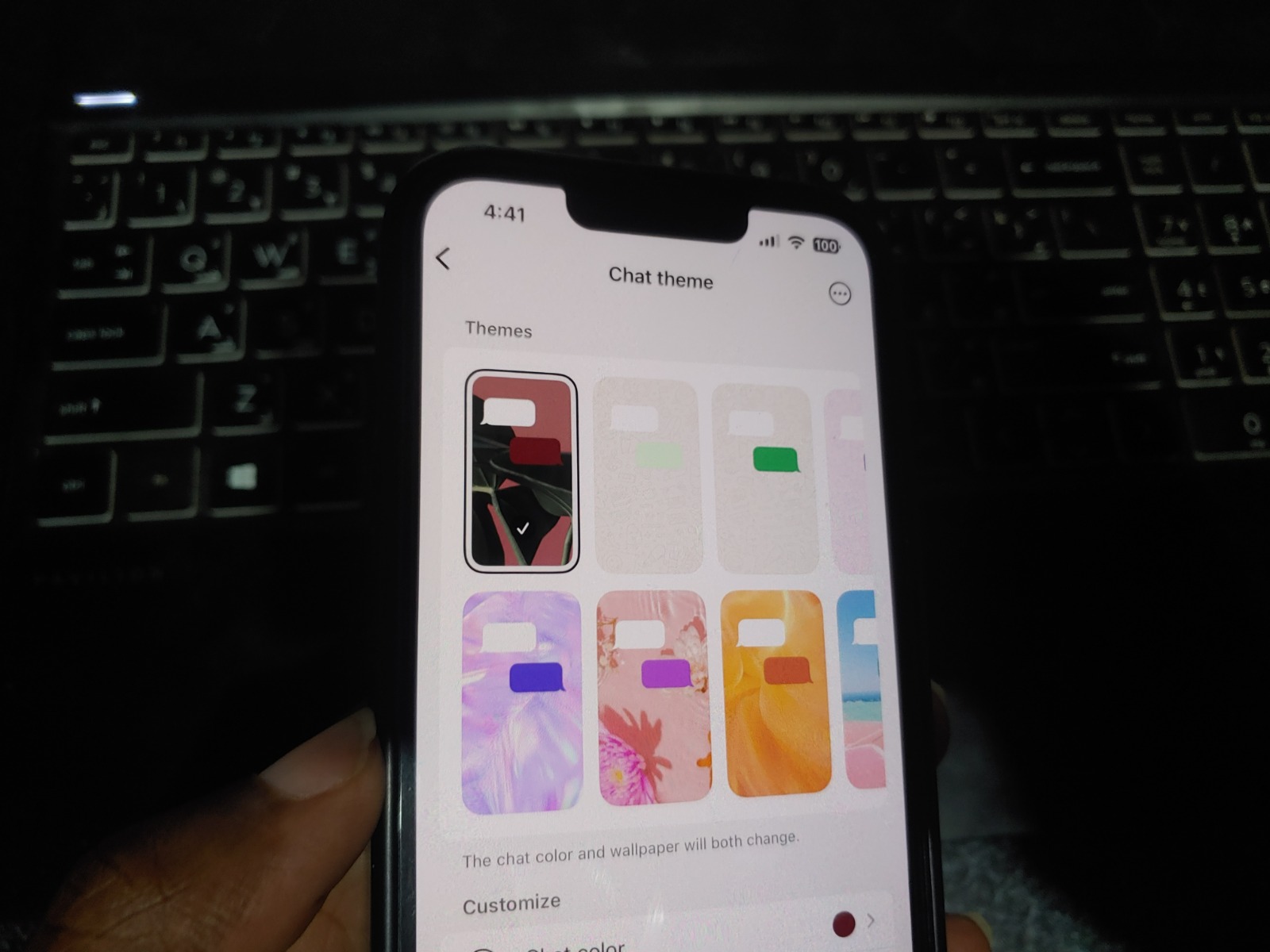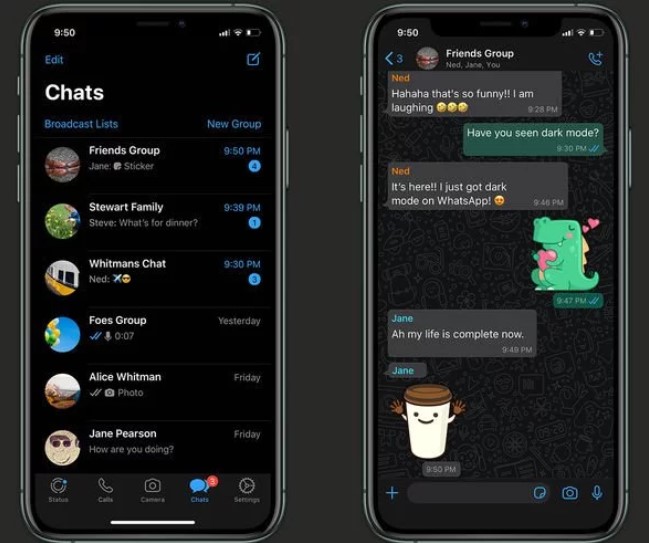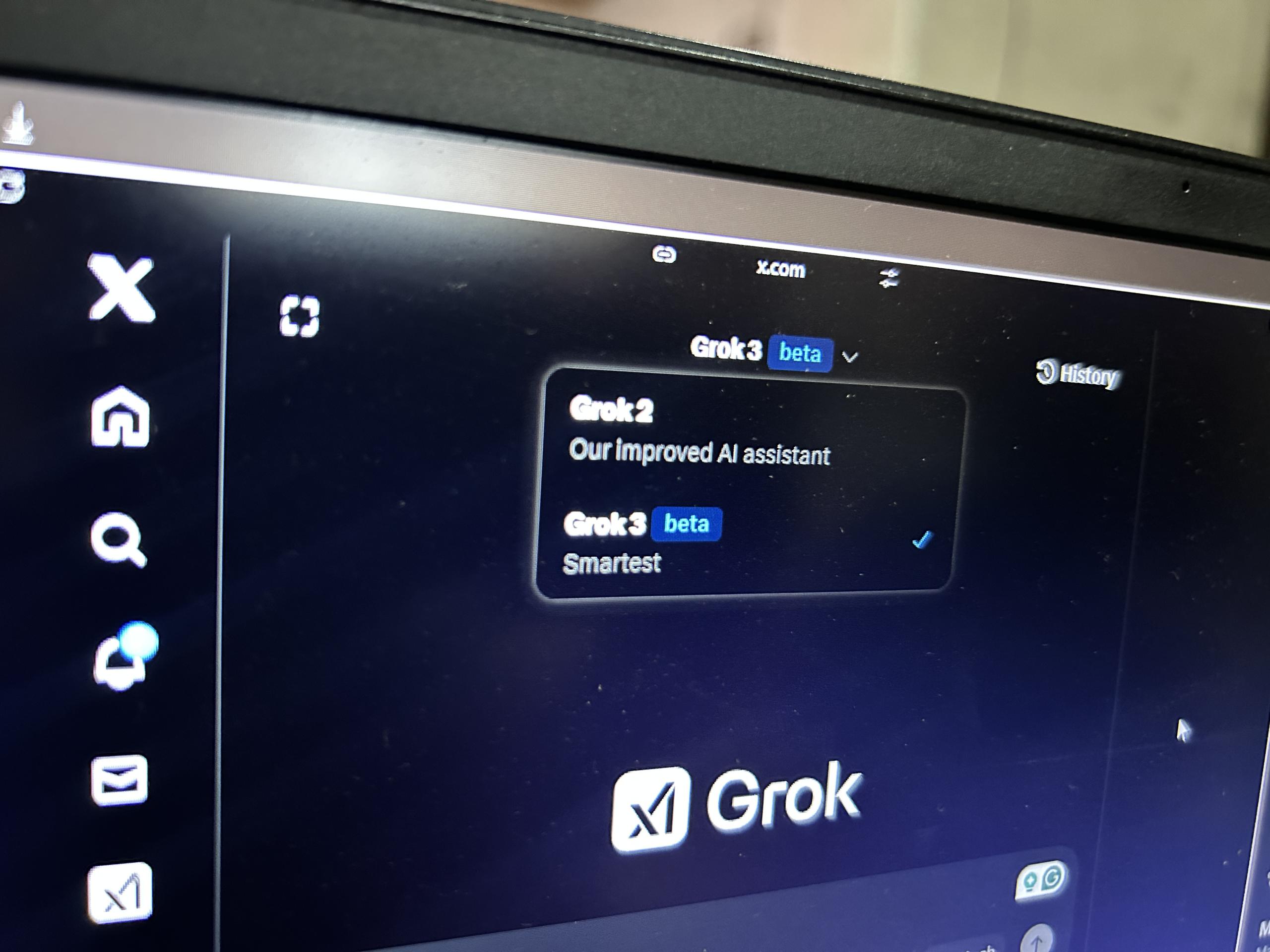My love for the Linux Operating system knows no bounds. I consider myself a power user and control freak who must absolutely have things his way when it comes to my software. It’s not surprising therefore that I make it my mission in life to preach the OpenWrt gospel whenever I can.
What is OpenWrt you ask?
I came across OpenWrt back in 2014 after I signed up for ZOL’s infamous Wimax package and got a TP-Link router (a TL-WR841N) that came with shockingly limited functionality. A few months in and the tiny adorable thing was no longer receiving firmware updates.
OpenWrt is a stripped-down version of Linux meant for routers. It is open-source software firmware-just the way I like it. Unlike the firmware (operating system) that comes preinstalled on your router, this is a genuine operating system that allows you to install packages and extent the router’s functionality.
As already mentioned there are a number of reasons why you might need to install OpenWrt on your router:
- If your router is no longer receiving firmware updates from the manufacturer and you want to keep the software there updated. Sadly routers are an easy entry point into your network. Most people don’t even bother to change the default password.
- You need granular control on your network including features that are only available on expensive enterprise routers:
- Advanced firewall
- VPN for example Wireguard
- Advanced static routing e.g. when setting up SmartDNS
- Extensible functionality
- Split-tunnelling
- Improved security through faster security patches and updates that go beyond what your router maker offers
- Easy configuration- now that is debatable if you are coming from Windows. If you are a Linux user like me when things go wrong, you instinctively start by looking for logs and then fix stuff in the /etc folder. We always have a terminal open because believe it or not it’s the easiest way to fix issues even when accessing your router remotely
- Community support. Whatever issues you face are probably issues someone has faced at some point and got help on. You are no longer just looking for help on a specific brand but of software that is widely used. Instead of saying my TP-Link blah blah has done this or that. The problem is now an OpenWrt issue and these tend to be easier to solve.
- Stability: In the Linux world restarting your device is something that we tend to frown upon. We expect a device to churn quietly in the ceiling or basement without bothering anyone with an Uptime of months. OpenWrt will not let you down here. Sometimes you even forget it’s there
- You can create a guest VLAN for those annoying guests of yours who like to gobble your data and place some limits on what they can do.
- Did I tell you that you can install Wireguard on your router this way?
It’s easy for me to hype up or maybe overestimate what OpenWrt can do. The first thing I do whenever I buy a router is install OpenWrt on it. However, the ease of doing so really depends on the router you have.
How to install OpenWrt on your router
As said above, the steps you need to follow to install OpenWrt on your router vary depending on the router you have. For most routers especially TP-Link, it’s a matter of downloading an OpenWrt firmware and uploading it in the upgrade page in the WebUI. For some routers like my TP-Link TL-MR3420 v5 the steps are a bit more involved especially if you are squirmish.
OpenWrt has pretty extensive instructions on the different methods one can use in their Wiki. You can usually get specific instructions for your router by Googling “[your router’s make and model] how to install OpenWrt”. Chances are the instructions for your router in the Wiki.
Tips from an experienced OpenWrt user
Once you succeed in installing OpenWrt the possibilities are limitless. The first thing you want to do is set the root password. Visit 192.168.1.1 in your browser to see the WebGui and set the password which is blank by default.
Once the password is set you can now login via ssh. You can then carry out routine tasks such as updating the system and installing extra packages and configuring the system. The truth is that OpenWrt defaults are good for most people but if you are on ZOL Wibroniks like me consider the following tips:
- You need to put your router in relay mode if you want IPV6 addresses to be delegated to your devices. ZOL dishes one /64 block.
- For some reason WhatsApp does not work well for a lot of ZOL customers especially when doing uploads. Even sending text messages fails. I have Cloudflare VPN setup on my router with my phone’s using this while other devices get direct access to the internet. Netflix and Showmax don’t like VPN at all
- I have SmartDNS Proxy set to replace Liquid’s DNS servers. Liquid servers are pretty aggressive when it comes to caching results which can be a bad thing sometimes. I am a longtime user of SmartDNS but I recommend Cloudflare or GoogleDNS if you are not interested in SmartDNS
- I use DNS over HTTPs instead of normal DNS. It’s supposed to be secure but ZOL’s Sandvine is pretty smart and knows most IP blocks so sometimes they know what I have been doing even if they didn’t serve the query
- Create a guest VLAN with restrictions such as blocking torrenting and limiting speed
- I have adblocker set on my MiBox on the router only. There is no reason why I should be seeing ads on my TV.
For me, the best part of having OpenWrt is that I have access to iptables the wand with which you can redirect traffic. This can be pretty useful if you are into US Netflix like me. Using iptables also allows me to Chromecast iPlayer, Channel 4, SBS and TVNZ shows. These services only have mobile apps that often want to do their own DNS lookups and making using Chromecast hard if you don’t have granular control of traffic.
NB
It is always advisable to install full images when you are updating OpenWrt instead of using opkg its package manager. Using opkg uses the overlay system and takes more space.
Why did you make me install this I want my router back!
To be honest, OpenWrt is not for everyone. If you are one of those people who hates tinkering and just want your vendor’s firmware after installing OpenWrt do not fret. It’s usually pretty easy to revert back. You just need to download the latest firmware image, upload it as an update and reboot the device. This will take you to your old sterile world of no fun.













